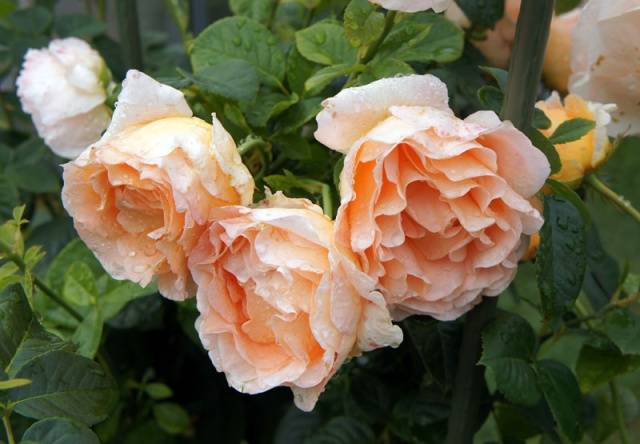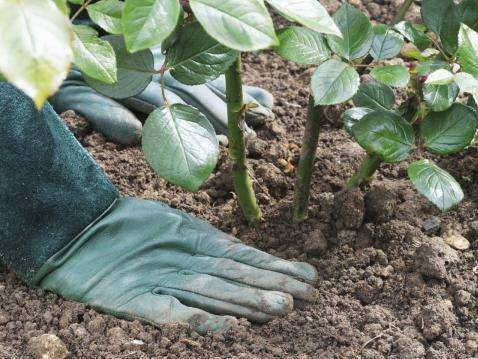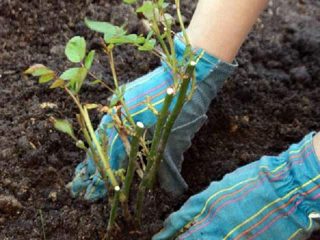Rose, which is deservedly called the “queen of flowers,” will probably never lose her title. These flowers are so common that they are grown by almost all gardeners in the country. Every year new varieties are developed. It is probably impossible to count them all. But some have gained particular popularity. One of these varieties, beloved by many, is climbing rose Polka. Photos and videos of these beautiful flowers are shown below.
This variety is universal, can be grown in flower beds, as a hedge and used in vertical gardening. Many people grow it directly on the balcony or on constructed arches. These roses go well with other climbing plants and stand out very effectively against their background. So, let's look at all the features of this luxurious flower, and also see how to grow it correctly.
Description of the variety
This variety is special in that it is not limited to one color. Roses can be colored coral, apricot or peach. Polka grows up to two or more meters in height.
A fully bloomed flower has wavy petals, as shown in the photo.
The climbing rose Polka can bloom 2 or even 3 times per season. In warm climates, flowering lasts longer. The flowers are large, can reach up to 10 centimeters in diameter.Wavy petals make roses even more lush and terry. Polka's aroma is weak, but this is not surprising for modern varieties of roses. Caring for these flowers is not difficult at all. It takes root well and takes root after transplantation. Flowering is quite long, can last until autumn.
The rose tolerates winter frosts well. Flowering is abundant, each flower has about 40–50 petals. This is a very good indicator for climbing roses. The leaves of this variety are dark green, large and shiny. In the video below you can clearly see the strong bush of this plant.
The bush grows very quickly, forming rigid, erect stems and thin lateral shoots. There are quite large thorns on the branches. Flowers can form inflorescences of 3–5 pieces each, but single flowers are most common. The waviness of the petals directly depends on the climatic conditions of the region. The warmer the area, the bigger the waves.
Planting a rose
To plant these roses, you will need to dig holes up to 50 cm deep. When planting several bushes at once, keep in mind that they will grow greatly, so leave 0.5–1 m between them. Organic fertilizers, such as manure or humus, are placed in the hole . Then a large amount of water is poured into the hole. Rose seedlings are carefully placed in the hole, distributing the roots along the bottom.
Otherwise, the plant will spend all its energy on restoring the root system, and not on growing the bush.
Next, the hole is filled with soil, thoroughly filling all the voids between the roots.You need to bury the bush 10 cm above the root collar. Thanks to this, the plant will be able to sprout young roots, and the roots will be protected from frost. After digging, the soil around the bush is compacted, and then the bush is watered abundantly. Now you should trim the branches of the bush at a height of about 20–25 cm.
Polka can be propagated using cuttings taken in winter or summer. They are placed in water or soil for a while to form roots. It is best to plant a germinated cutting in a pot or special box. At first, the sprout should be kept under cover, and then it can be transplanted into open ground. You can learn more about how to grow a rose from a cutting in the video below.
Polka rose care
When growing roses on your property, of course, you need to take care of them. All roses need is:
- regular watering;
- pruning;
- feeding;
- weeding.
Probably the most important procedure is pruning. It is simply necessary for the normal flowering of the bush, as well as for formation.
Spring pruning of roses involves getting rid of dried and damaged shoots. In summer, it is necessary to cut off faded flowers. For the winter, the bush is covered to protect it from frost. You can see how Polka endures winter in the video:
Organic and mineral fertilizers are used to feed the bushes. The best mineral fertilizers are those containing peat.Before the cold weather, you should stop fertilizing and watering.
Before placing the rose under cover, you will need to remove it from its support and prune it. After this, the bush is tied and laid directly on the ground, having previously covered it with dry leaves. The top of the rose can be covered with pine needles, wooden boards or special material.
Conclusion
Now having roses on your property is not a luxury, but a normal occurrence. Most gardeners grow these flowers in their garden. The Polka variety is very popular, because it is completely unpretentious, resistant to most diseases, and the appearance of the flowers is simply unparalleled.
Reviews














